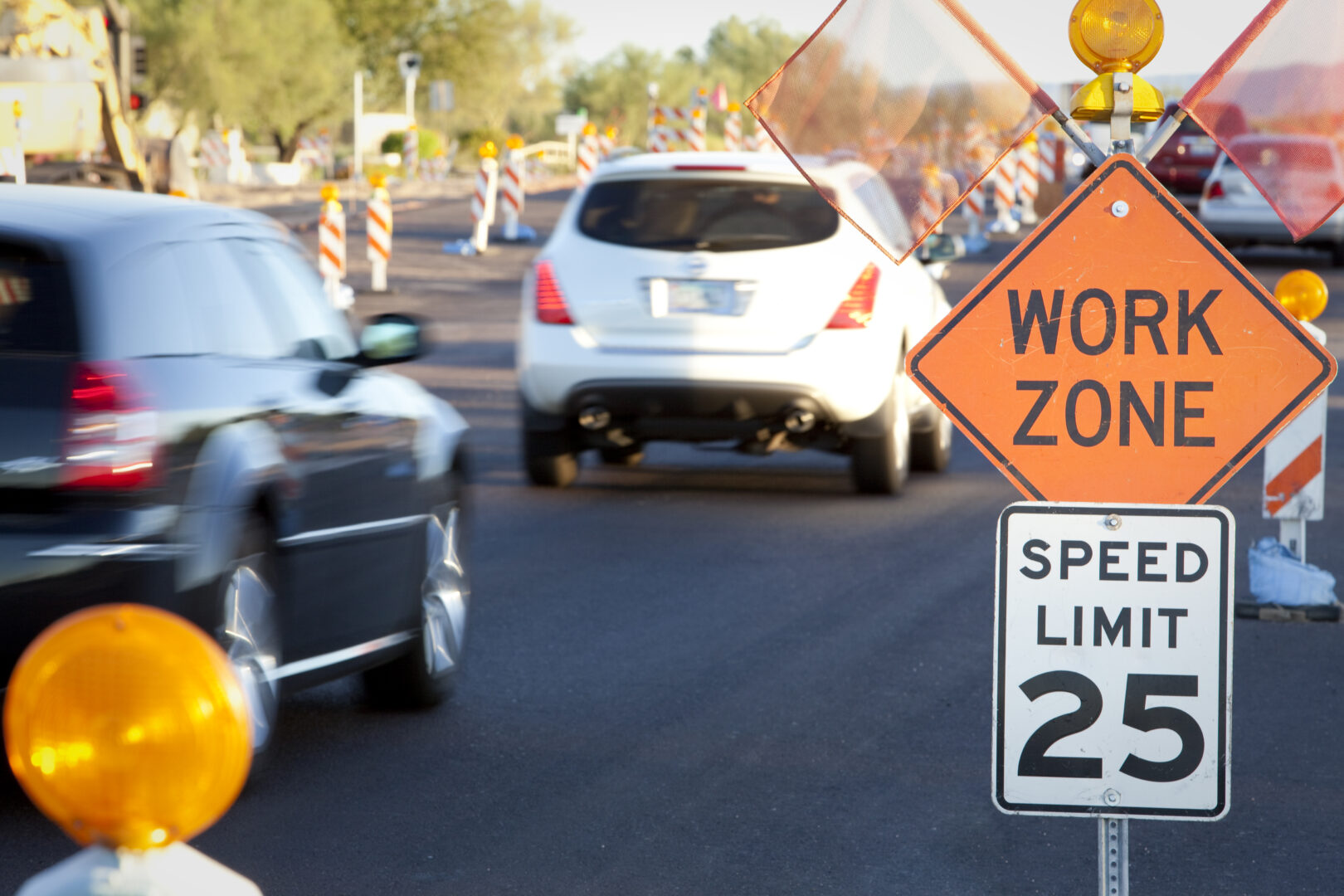
What can be done to make work zones safer?
Three workers killed in construction zone in York County last week
-
Scott LaMar

Aired; April 23rd, 2024.
Three construction workers were killed while working on Interstate 83 in York County last week. The victims were sealing cracks in the highway in the early morning hours last Wednesday when a box truck collided with a construction vehicle and veered into the workers.
It brought attention to just how potentially dangerous construction zones can be for those working and motorists driving in them.
Nationally, there were 891 fatalities and almost 38,000 injured in work zones in 2022. Since 2010, work zone deaths have increased 52 percent.
Why are those tragic numbers going up and what can be done to make work zones safer for both workers and motorists?
Joining us on the program Tuesday were PennDot District 8 Traffic Engineer Chris Flad and Fritzi Schreffler, Safety Press Officer with District 8 Penndot.

Engineer Chris Flad and Safety Officer Fritizi Schreffler of PennDot District 8
Flad was asked why crashes in work zones are increasing,”I think a lot of it has to do with more aggressive driving behaviors that are occurring in society lately and in general. I mean, we all seem to feel like, we need to get somewhere very quickly. Maybe it’s a little bit of entitlement, but that sort of leads to aggressive driving behavior. Speeding. Cell phone use, not paying attention. And it doesn’t take much to sway outside your lane in a blink of an eye which could change lives for the worse.”
Flad talked about what it feels like when traffic is driving by you,”When you’re a novice you notice it more often. So you will be spooked by traffic. You’ll be more cognizant of well, now trucks are going by, the noises. It’s a lot of sensory overload in some cases. Because you have a job to do out there, and yet you have traffic within an arm’s shot of you. And, as time progresses, you do get a little more comfortable working around. It doesn’t make it any more dangerous. But some of that does go away. But, when you do stop and think and when you look at motorists driving alongside the work zone that you’re working in, and you see some of the behaviors, that a lot of them might not even be looking at the windshield because they’re looking down at their phones or, and things like that, changing their radio stations. It’s a little scary. And you think why are they not caring enough? I am out here. I’m trying to better the world through keeping up our infrastructure. Try and do my job. I know they have their jobs to do. Please respect my job. And please allow me the safety to do what I need to do.”
According to federal highway safety officials, the most common mistakes made in work zones include speeding, following too closely, failure to yield the right-of-way, improper or unsafe lane movements, and driver inattention.
Drivers cite poor visibility in work zones, altered traffic patterns, uneven surfaces, sudden stops and poorly marked hazards in work zones for many of the crashes.
Schleffer pointed to what PennDot does to make work zones safer,”We do a lot of advance notice that we’re going to be out there, even if it’s an emergency repair that we have to do. We get information out to the media and to the public as soon as we possibly can. So there’s signs, there’s a lot of lights that are out there. Sometimes people say, well, how can you have all these trucks out there and they’re only working in one spot? Well, per federal standards, there are and state standards, certain amounts of protection. So you have something called an attenuator truck. When you see the chevron on the back of that is there to protect the work zones and protect the workers in the work zone. Because that can take a hit and it can take the force of the hit provided somebody doesn’t bounce off of them and into the workers. But, we follow standard operating procedures and try and have the right number of vehicles out there so that somebody isn’t just going along in their lane and not paying attention. But unfortunately, it still happens.”

